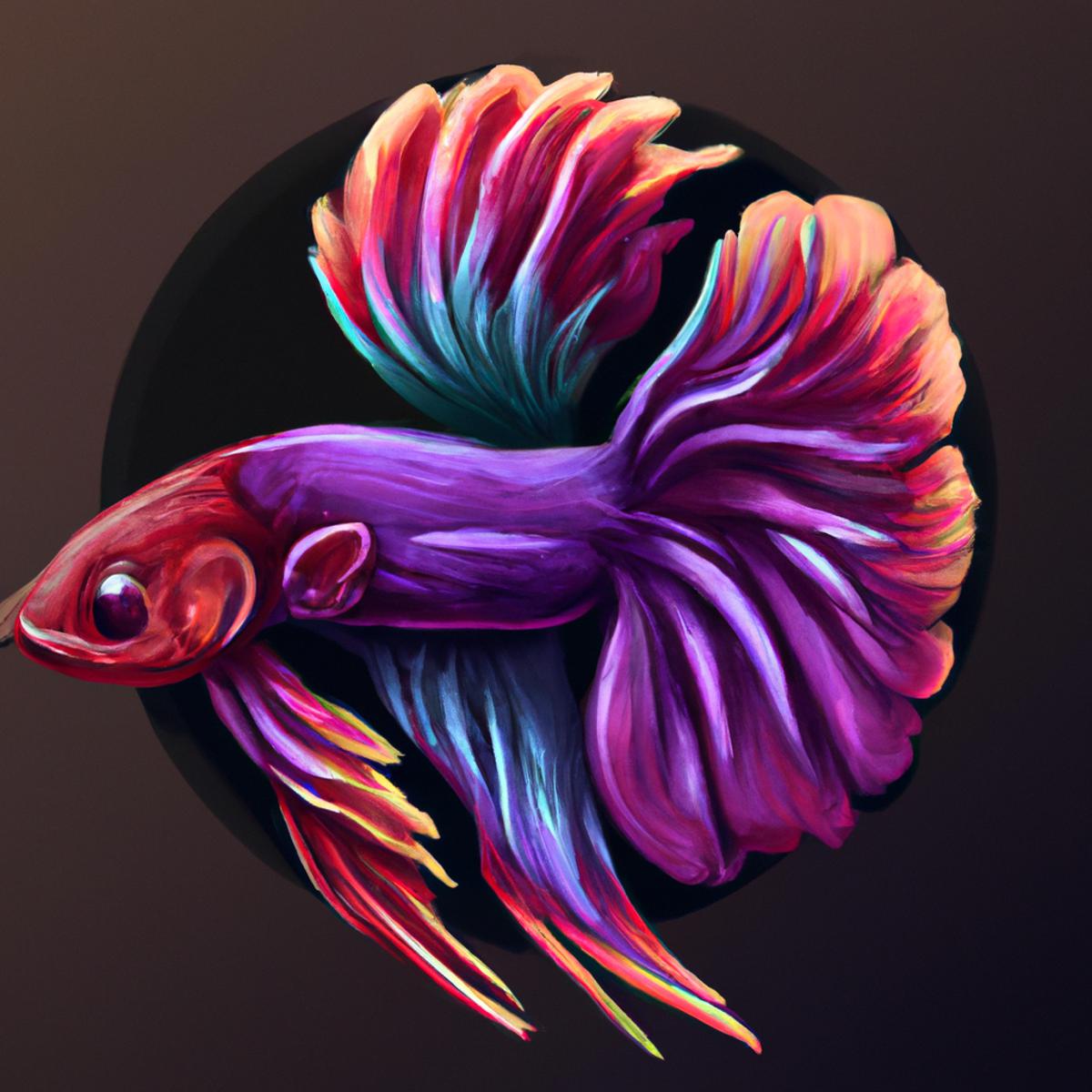
The Dragon Betta fish is an amazing and unique variety of Betta fish. This species is characterized by its bright coloration and line patterns. These patterns extend from head to tail, creating a very attractive look. Most Dragon Bettas have a silver background with black or blue lines on it. Some also have red or yellow lines on their body. These fish are very active and like to swim around the tank to explore the environment around them. They are very resistant to diseases, which makes them ideal for those who are starting with the aquarium hobby. In addition, they are easy to care for since they do not require much maintenance or specialized attention. Dragon Bettas make excellent companions for other types of tropical fish as long as they are the same size or smaller than them as they can be aggressive towards others if they are not well fed or if there are too many fish in the tank.

